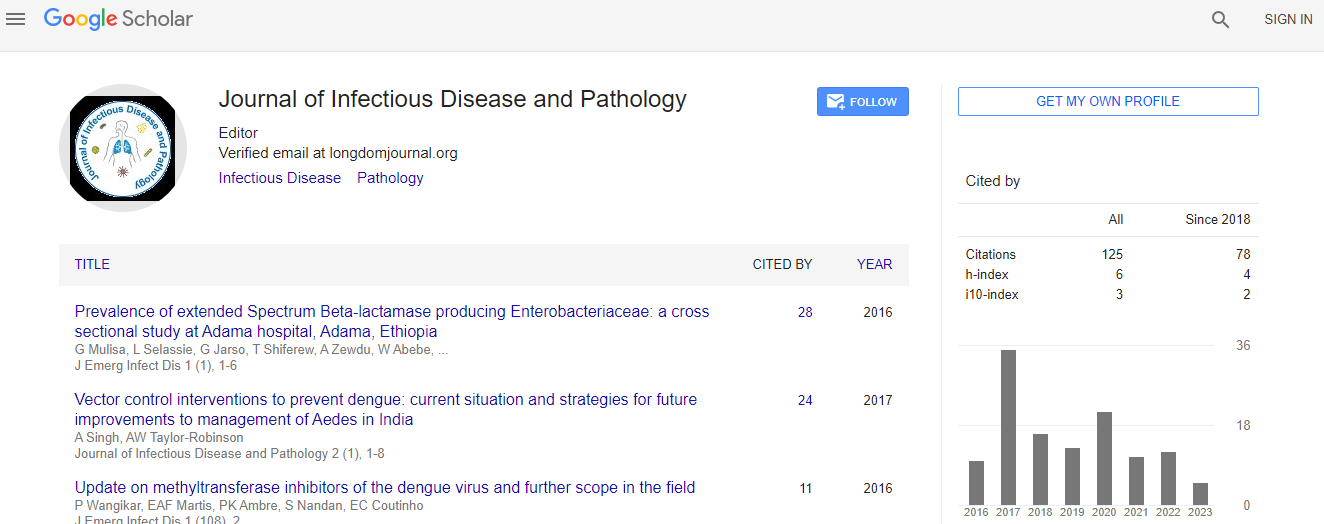Case Report
Plasmablastoid Lymphoma in Patients with Human Immunodeficiency Virus: A Diagnosis Challenge
Emna Jelloul*, Loubna Sattar, Alexandre De Wind and Philippe HermansUniversity Hospital Saint-Pierre, Brussels, Belgium
- *Corresponding Author:
- Emna Jelloul
University Hospital Saint-Pierre, Brussels, Belgium
Tel: +32 2 535 4277
Fax: +32 2 5353686
E-mail: jelloul.emna@gmail.com
Received date: November 16, 2016; Accepted date: February 03, 2017; Published date: February 11, 2017
Citation: Jelloul E, Sattar L, De Wind A, Hermans P (2017) Plasmablastoid Lymphoma in Patients with Human Immunodeficiency Virus: A Diagnosis Challenge. J Emerg Infect Dis 2:122. doi: 10.4172/2472-4998.1000122
Copyright: © 2017 Jelloul E, et al. This is an open-access article distributed under the terms of the Creative Commons Attribution License, which permits unrestricted use, distribution, and reproduction in any medium, provided the original author and source are credited.
Abstract
In this era of Highly Active Antiretroviral Therapy (HAART), we see that incidence of neoplasic diseases among patients affected by Human Immonudeficiency Virus (HIV) is increasing. Plasmablastic lymphoma (PBL) is an example of neoplastic condition specific to HIV patients. It is a subtype of diffuse large B-cell lymphoma (DLBCL) recently described in the 2008 WHO classification of lymphoproliferative disorder. PBL is characterized by its aggressive nature and plasmacytic differentiation and usually occurs in the oral cavity or jaw of HIV-infected individuals. However, several cases of PBL involving extraoral sites have been reported in immunocompetent individuals. This entity is a diagnostic challenge and need integration of clinical, pathological, genetic and microbiologic features. Several types of lymphoma present with plasmablastoid differenciation and may give rise to some difficulties for a differential diagnosis. We give some anatomopathological, molecular and genetic details for each subtype and we will illustrate the difficulty for the diagnosis with two cases. The first case is a patient with plasmablastic lymphoma that present with unusual negative immunoreactivity for CD 138 (10% of PBL cases). The second case has clinical, epidemiological and pathological characteristic of plasmablastic lymphoma but HHV8 positivity is a criteria for considering extra-cavitary PEL as the most relevant diagnosis.

 Spanish
Spanish  Chinese
Chinese  Russian
Russian  German
German  French
French  Japanese
Japanese  Portuguese
Portuguese  Hindi
Hindi 